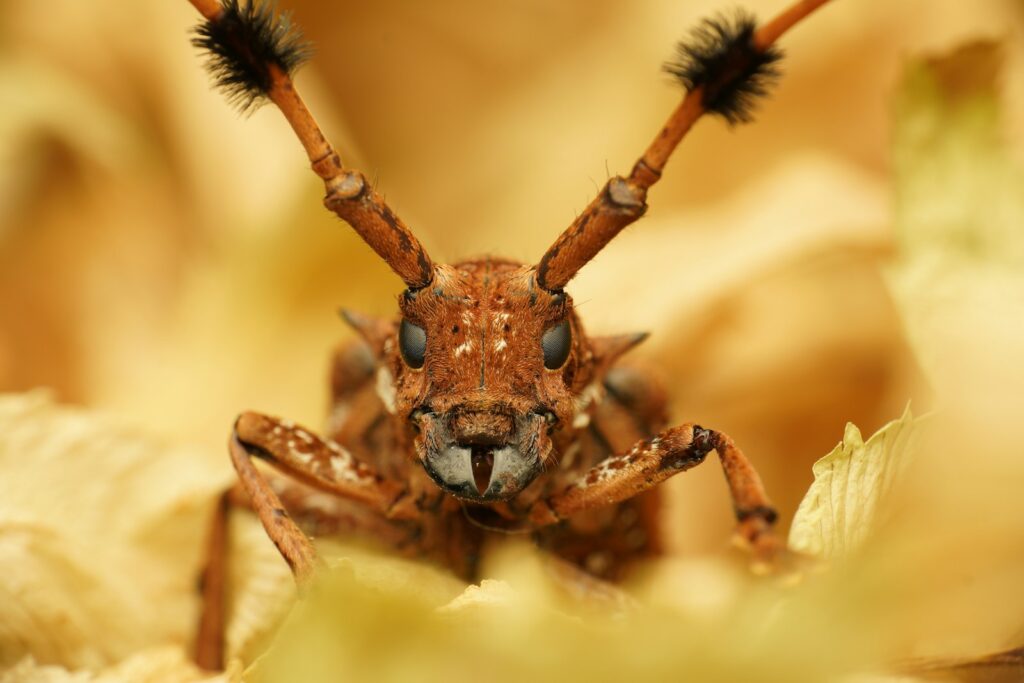Tarantulas have become increasingly popular exotic pets due to their fascinating behaviors, relatively low maintenance requirements, and stunning variety of species. Whether you’re a first-time keeper or an experienced arachnid enthusiast, creating the optimal enclosure for your eight-legged companion is essential for its health and longevity. These remarkable creatures can thrive in captivity for many years—females of some species can live up to 25 years—when provided with appropriate housing that mimics their natural environment. This comprehensive guide will walk you through everything you need to know about setting up the perfect tarantula habitat, from selecting the right enclosure to maintaining proper environmental conditions.
Understanding Your Tarantula’s Natural Habitat
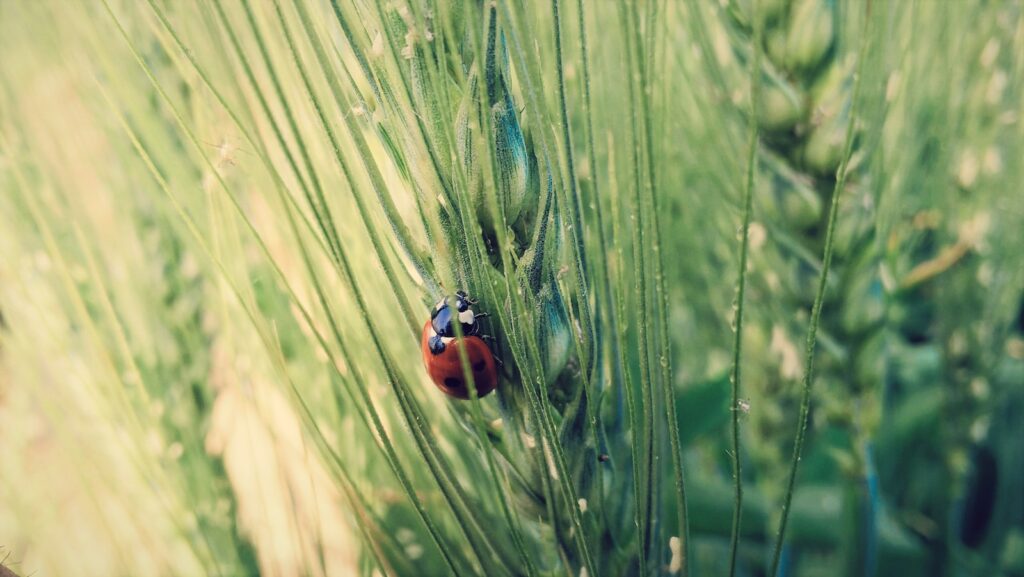
Before setting up any enclosure, it’s crucial to research your specific tarantula species to understand its natural environment. Tarantulas come from diverse habitats spanning multiple continents, from the arid deserts of Arizona to the humid rainforests of Brazil. Arboreal species like the Avicularia genus (Pink Toe Tarantulas) require tall enclosures with climbing opportunities, while terrestrial species like the Grammostola rosea (Chilean Rose Hair) need more floor space for burrowing. Understanding whether your tarantula is a desert dweller that prefers dry conditions or a tropical species that requires higher humidity will fundamentally shape your enclosure design. Creating a habitat that closely resembles your tarantula’s natural environment will reduce stress and promote natural behaviors.
Selecting the Right Enclosure Size
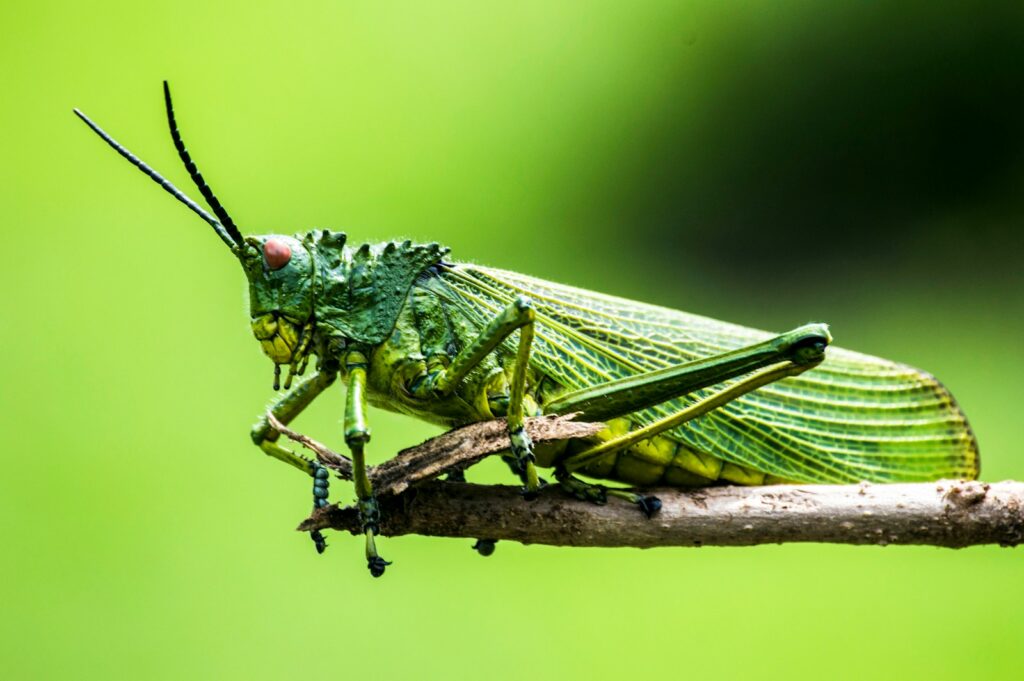
When it comes to tarantula enclosures, bigger isn’t always better. Most tarantulas don’t require expansive tanks and actually prefer more cozy environments that provide security. As a general rule, the enclosure width should be approximately three times the tarantula’s leg span, while the length should be around four times its leg span. For terrestrial species, a tank with more horizontal space is ideal, allowing them to move comfortably along the ground and construct burrows. Arboreal species, however, benefit from taller enclosures with at least twice the height of the tarantula’s leg span to accommodate their climbing behavior. Remember that young spiderlings require much smaller containers, often no larger than deli cups, as they can become stressed in overly spacious environments and may have difficulty finding prey.
Choosing Between Glass, Plastic, and Other Materials
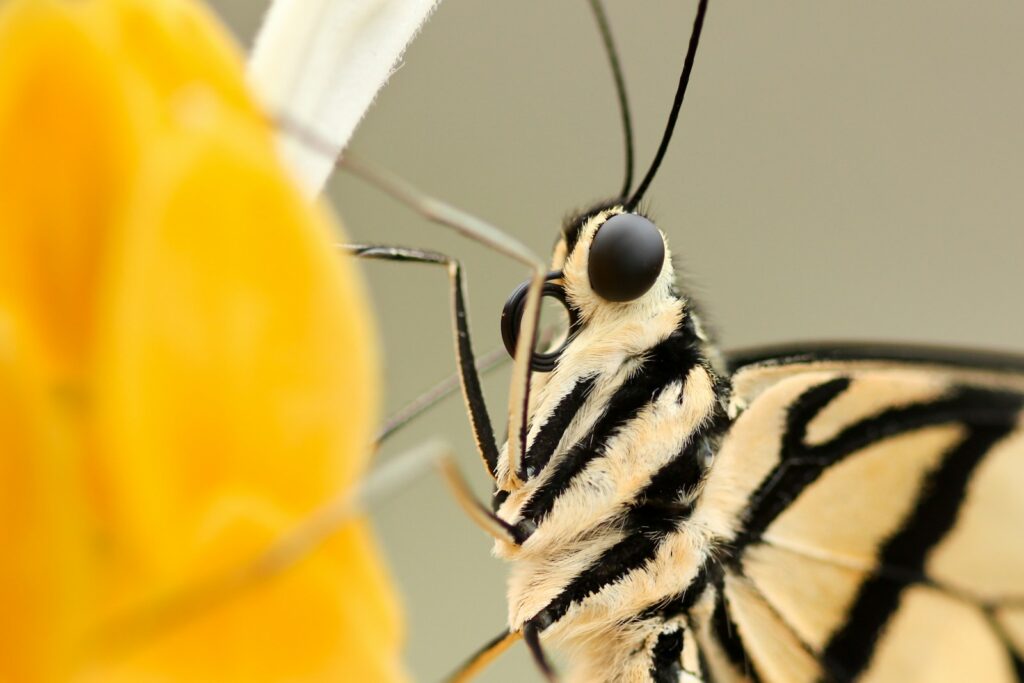
The material of your tarantula’s enclosure significantly impacts visibility, insulation, ventilation, and security. Glass terrariums offer excellent visibility and durability but tend to be heavier and more expensive than alternatives. Plastic enclosures, such as modified storage containers or purpose-built acrylic terrariums, provide better insulation, are lightweight, and typically more affordable, though they may scratch more easily over time. For arboreal species, specialty acrylic enclosures with front-opening doors are particularly advantageous, as they reduce the risk of escape during maintenance and cause less stress to the tarantula than top-opening containers. Repurposed containers can make suitable habitats when properly modified with ventilation holes and secure lids, offering an economical option for beginner keepers or temporary housing during rehousing periods.
Essential Ventilation Requirements
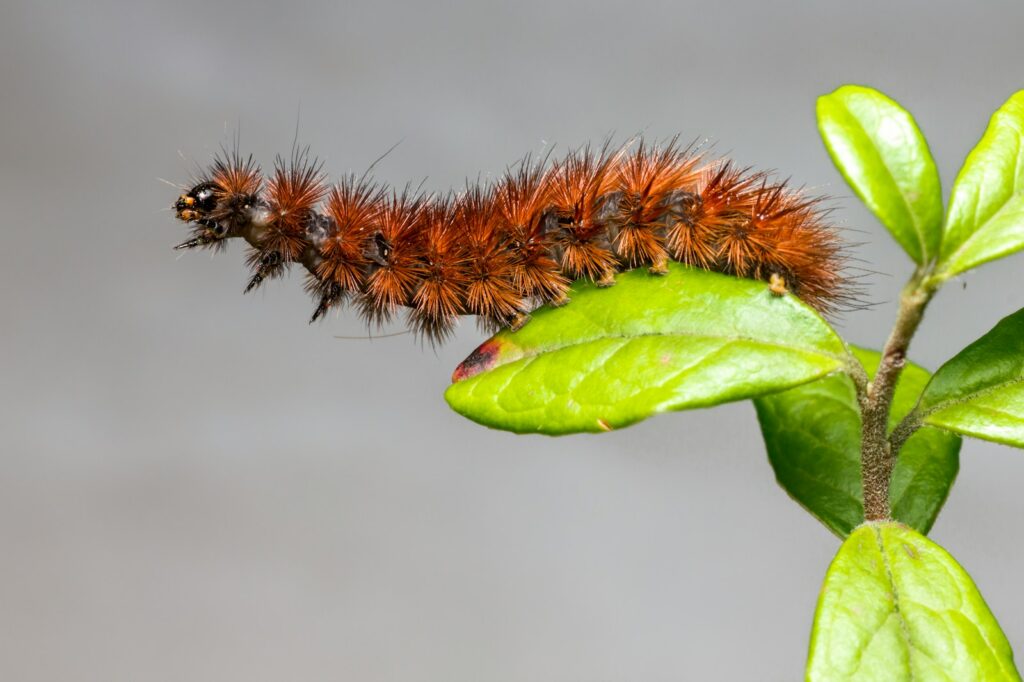
Proper ventilation is absolutely critical for tarantula health and preventing dangerous conditions like mold growth or stagnant air. All enclosures, regardless of material, should have adequate air holes or mesh panels to promote air circulation. For tropical species that require higher humidity, you’ll need to balance ventilation with moisture retention—generally, this means providing ventilation holes on the sides rather than the top to prevent excessively rapid moisture loss. Desert-dwelling species benefit from more extensive ventilation to maintain the drier conditions they naturally prefer. When drilling ventilation holes in plastic containers, ensure they’re small enough that your tarantula cannot escape (particularly important for spiderlings) but numerous enough to allow sufficient airflow. A good rule of thumb is that holes should be smaller than the carapace (main body section) of your tarantula.
Substrate Selection for Different Species
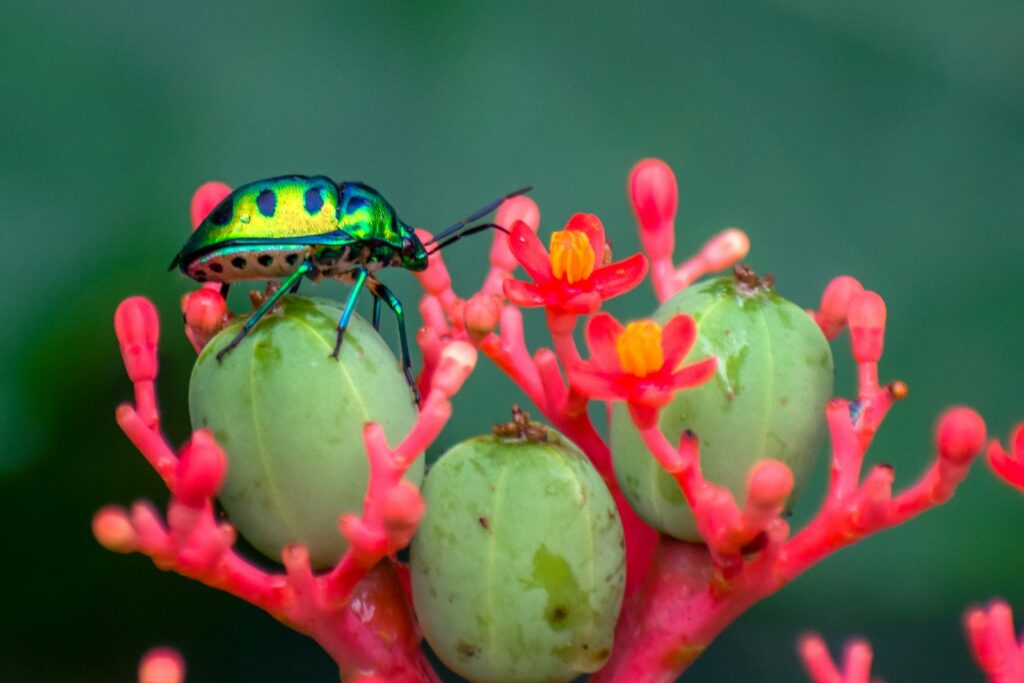
The substrate forms the foundation of your tarantula’s habitat and serves multiple crucial purposes including moisture regulation, burrowing medium, and waste absorption. For tropical species that require higher humidity, coconut fiber (coir) is an excellent choice as it retains moisture well without becoming waterlogged. Desert-dwelling tarantulas thrive on a mixture of coconut fiber and play sand, which mimics their natural arid environment and provides suitable stability for burrow construction. Peat moss is another popular option, though harvesting concerns have made it less environmentally favorable in recent years. The depth of substrate varies by species—burrowing terrestrial tarantulas need at least 3-4 inches of substrate (sometimes more for dedicated burrowers like Oklahoma Browns), while arboreal species require only 1-2 inches as they rarely interact with the ground. Avoid substrates containing fertilizers, pesticides, or sharp particles that could harm your tarantula.
Creating Microhabitats with Hides and Decorations
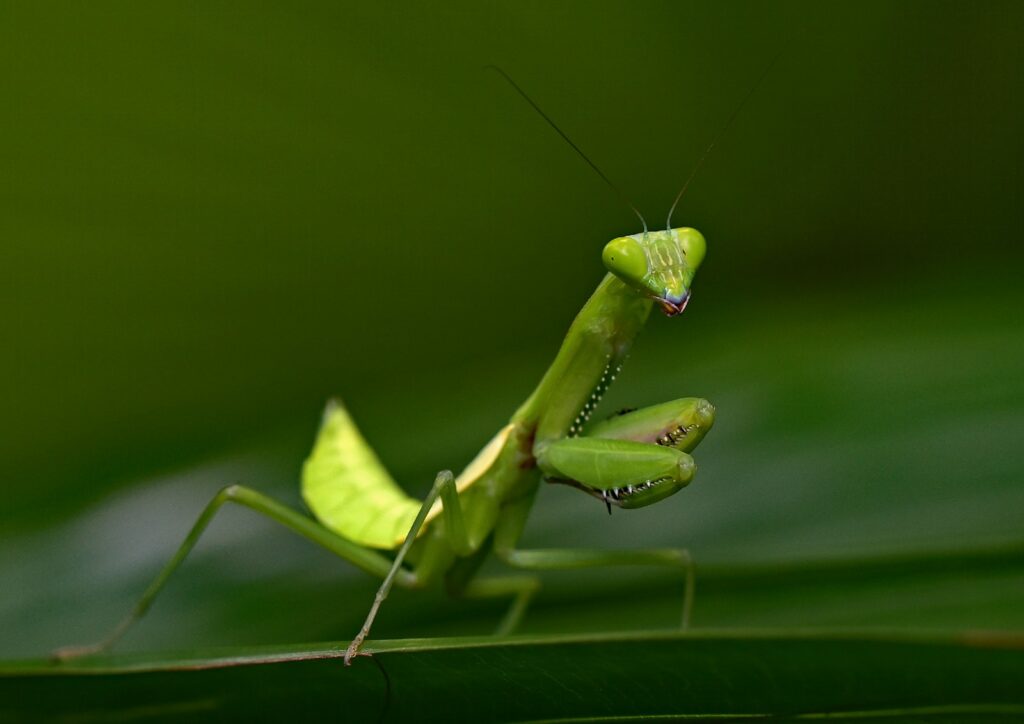
Tarantulas are naturally secretive animals that require secure hiding places to feel comfortable in their environment. Every tarantula enclosure should include at least one appropriate hide, which can be as simple as half a coconut shell, a section of cork bark, or a small terracotta pot placed on its side. For terrestrial species, placing the hide on the substrate surface allows the tarantula to excavate underneath it, creating its preferred retreat. Arboreal species benefit from cork bark positioned vertically against the enclosure wall or secured in corners, providing elevated hiding spaces. Live or artificial plants can add aesthetic appeal while offering additional security through visual barriers, though care must be taken to ensure live plants are non-toxic and free from pesticides. Avoid overcrowding the enclosure with unnecessary decorations, as tarantulas appreciate open space for movement and hunting.
Managing Temperature Requirements
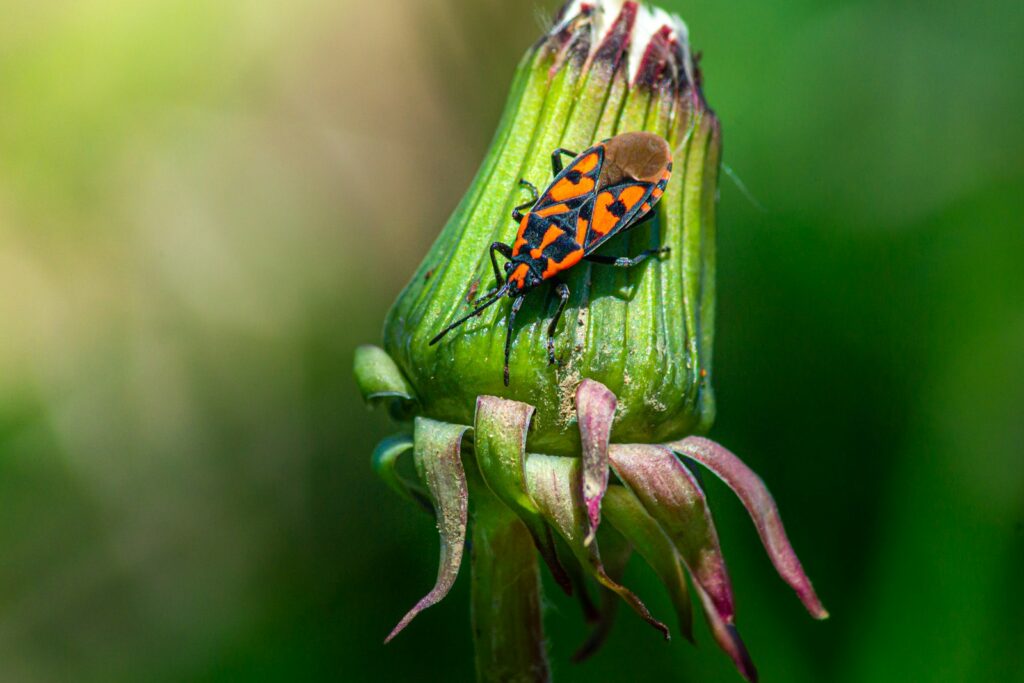
Most tarantula species thrive in room temperature environments between 70-80°F (21-27°C), making them relatively straightforward to accommodate in temperature-controlled homes. However, specific species may have more particular requirements—tropical species generally prefer the higher end of this range, while temperate species may tolerate slightly cooler conditions. For enclosures in cooler rooms, supplementary heating may be necessary, typically provided through heat mats placed on the side (never underneath) of the enclosure and regulated with a thermostat to prevent dangerous overheating. Avoid direct heat sources like heat lamps, as these can quickly dehydrate tarantulas and potentially cause fatal conditions. Temperature gradients created by partial heating allow the tarantula to thermoregulate by moving between warmer and cooler areas of its enclosure, mimicking natural conditions.
Maintaining Proper Humidity Levels
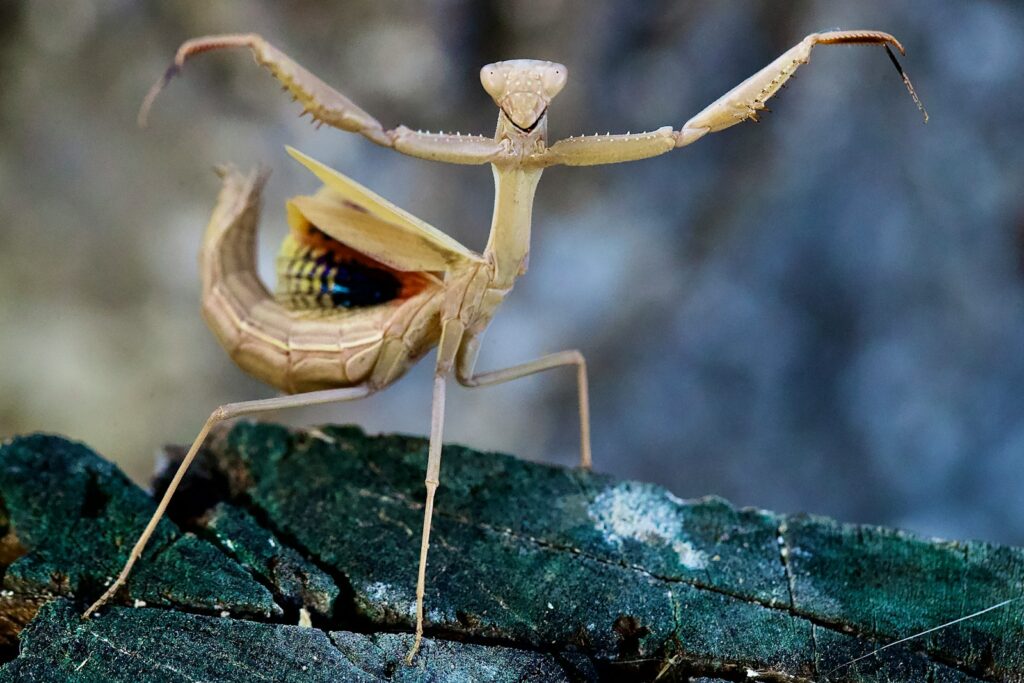
Humidity requirements vary dramatically between tarantula species and providing the correct moisture level is essential for successful molting and overall health. Desert-dwelling species like the Mexican Red Knee (Brachypelma hamorii) typically require only 30-50% humidity, while tropical species such as the Antilles Pinktoe (Caribena versicolor) need 60-80% humidity. Monitoring humidity levels with a hygrometer is advisable, particularly for species with strict requirements. Humidity is generally maintained by misting one side of the enclosure (never directly on the tarantula) and through the moisture-retaining properties of the substrate. For species requiring higher humidity, a small water dish embedded in the substrate can increase ambient moisture through evaporation. Be vigilant about preventing excessive humidity which can lead to dangerous mold growth and bacterial infections, particularly in poorly ventilated enclosures.
Water Sources and Hydration
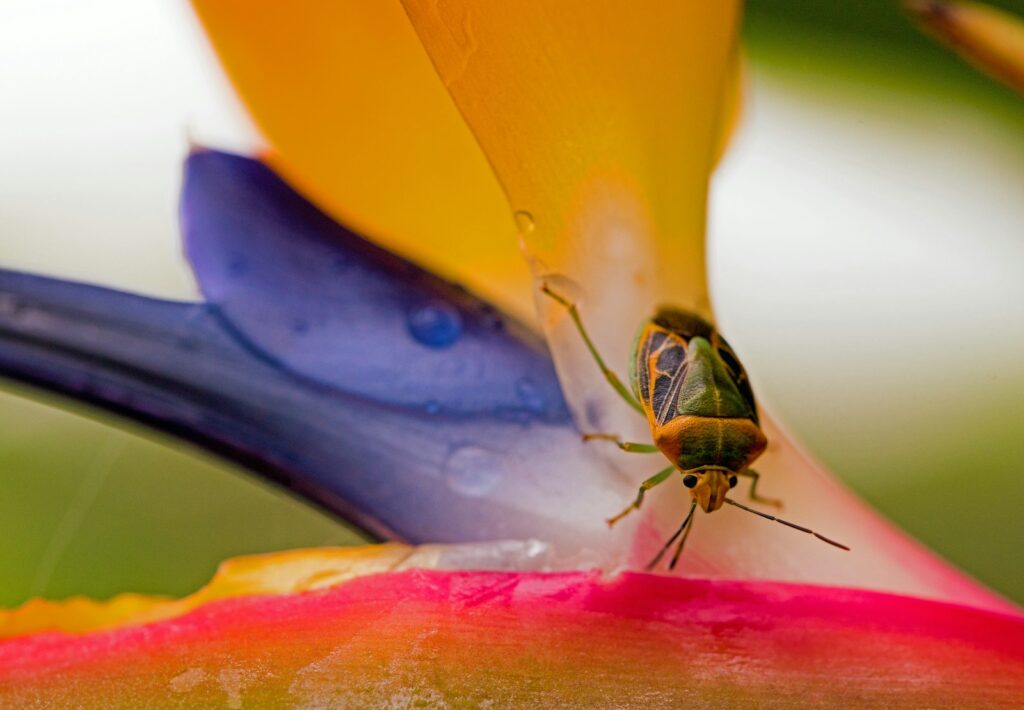
Despite their association with arid environments, all tarantulas require access to fresh water. A shallow water dish constructed from bottle caps (for spiderlings) or small reptile dishes (for adults) should always be available, regardless of species. The water dish should be shallow enough to prevent drowning but large enough for the tarantula to drink from comfortably. Some keepers add a small pebble or piece of sponge to the water dish for smaller tarantulas to prevent potential drowning, though most healthy tarantulas can extract themselves from water without assistance. For desert species, the water dish may be the primary source of humidity in the enclosure, while tropical species benefit from both a water dish and regular substrate misting. Water should be replaced regularly—every few days at minimum—to prevent bacterial growth or contamination.
Lighting Considerations for Tarantulas
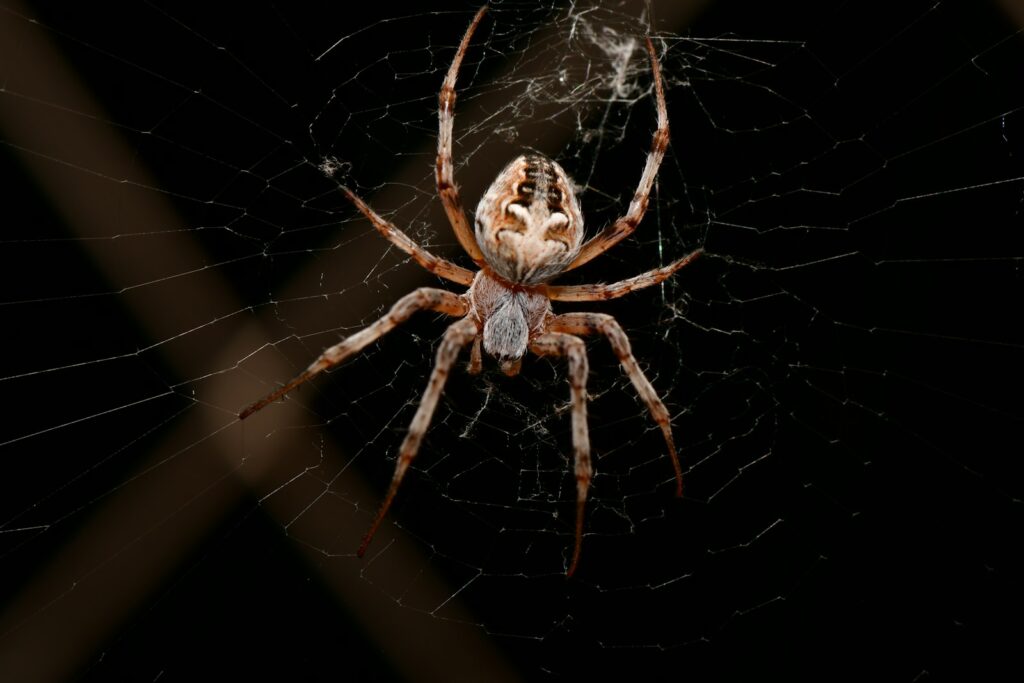
Tarantulas are nocturnal creatures that naturally avoid bright light, making specialized lighting unnecessary and potentially stressful. Natural ambient room light during the day and darkness at night is sufficient to maintain their circadian rhythms. If the enclosure must be in a room with bright artificial lighting, positioning it away from direct light sources or providing extra hiding places can reduce stress. Some keepers use red or blue LED lights for nighttime observation, as tarantulas are less sensitive to these wavelengths, though minimizing disturbance during their active periods is still recommended. Avoid placing the enclosure in direct sunlight, as this can rapidly overheat the environment, creating dangerous conditions that can lead to dehydration or even death.
Safety Considerations and Escape Prevention

Tarantulas are remarkable escape artists, capable of squeezing through surprisingly small gaps and climbing smooth surfaces with their specialized foot pads. Ensuring your enclosure is escape-proof is essential, as escaped tarantulas face significant dangers from household hazards, temperature fluctuations, and potential predators like cats or dogs. Always use enclosures with secure, locking lids or doors, and regularly inspect for any damage or potential weak points. When maintaining the enclosure, work in a closed room with towels blocking door gaps, and keep catch cups ready in case rapid recapture becomes necessary. Be particularly cautious with arboreal species, which can bolt with impressive speed up walls or arms during maintenance procedures. Remember that a loose tarantula is a stressed tarantula and potentially a lost pet, so prevention through proper enclosure security should be a top priority.
Cleaning and Maintenance Routines
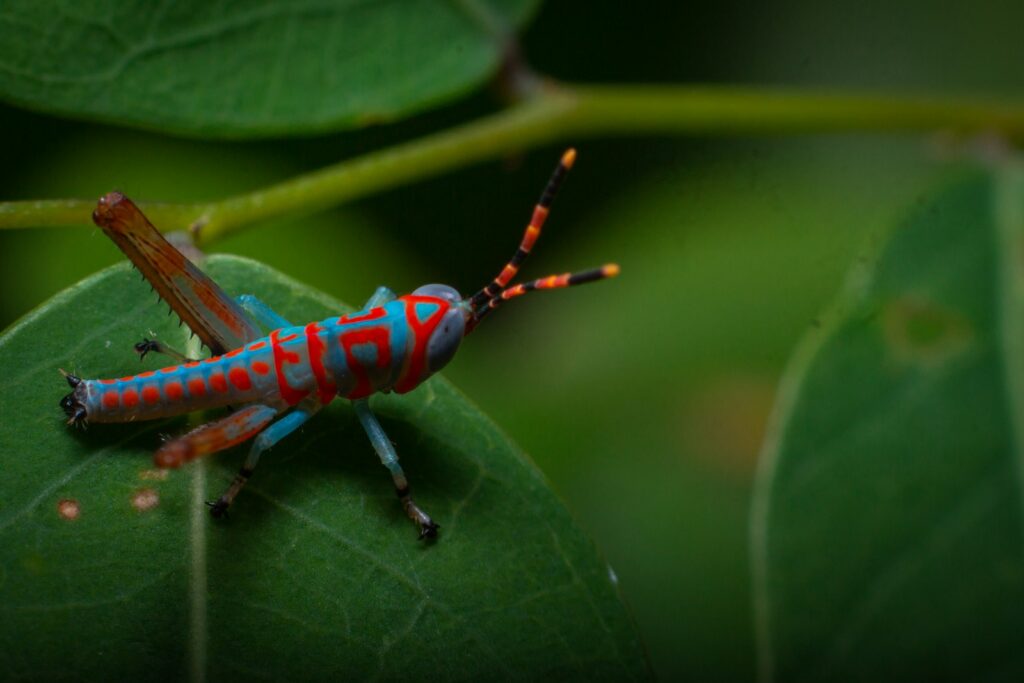
Tarantulas are remarkably clean animals that produce minimal waste, making habitat maintenance relatively straightforward compared to many other pets. Spot cleaning to remove food remains, molt casings, and visible waste should be performed using long tweezers or a small spoon to minimize disturbance. A complete substrate change is typically only necessary every 6-12 months for most species, though enclosures with higher humidity may require more frequent attention to prevent mold growth. When conducting full cleanings, transfer your tarantula to a secure temporary container using catch cups or gentle guidance rather than handling. Clean the enclosure with hot water only, avoiding soaps or chemicals that could leave residues harmful to your sensitive arachnid. Sterilize decor by baking at low temperatures (200°F/93°C) for 30 minutes or soaking in a mild bleach solution followed by thorough rinsing and complete drying.
Seasonal Adjustments for Long-Term Care

While tarantulas don’t require dramatic seasonal changes in captivity, subtle adjustments can benefit their long-term health by mimicking natural cycles. Many species experience seasonal variations in their native habitats, particularly those from temperate regions with distinct wet and dry seasons. During winter months, slightly reduced temperatures (by 2-3°F) and feeding frequency can help simulate natural cycles without stressing your pet. For species from regions with pronounced rainy seasons, gradually increasing humidity during appropriate months may stimulate natural behaviors including increased feeding and potentially breeding readiness in mature specimens. These subtle adjustments are particularly important for wild-caught specimens but can benefit captive-bred tarantulas as well. Always introduce any environmental changes gradually over several weeks rather than suddenly, allowing your tarantula time to acclimate to new conditions.
Special Considerations for Breeding Setups
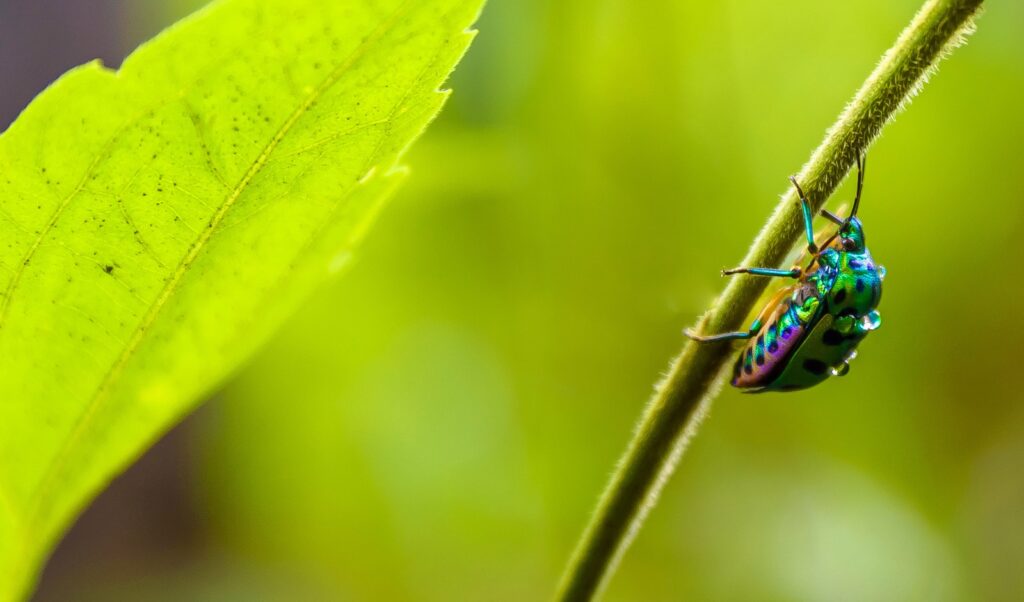
Breeding tarantulas requires specialized knowledge and typically more elaborate habitat modifications than standard keeping. Mature females often benefit from deeper substrate (6+ inches) to construct egg sacs and maternal burrows, along with increased humidity to prevent egg desiccation. Males, once mature, typically wander in search of females and may refuse to use hides or construct burrows, making simplified temporary enclosures more practical during their unfortunately short adult lifespans. When introducing tarantulas for breeding, neutral territory in a larger enclosure with multiple retreats helps reduce aggression and cannibalism risks. Post-mating, females should be returned to their optimized enclosures with minimal disturbance until either egg sac production or the confirmation that mating was unsuccessful. For successful breeding, prepared spiderling enclosures should be available in advance, as clutches can produce dozens to hundreds of offspring requiring immediate separate housing.
Conclusion
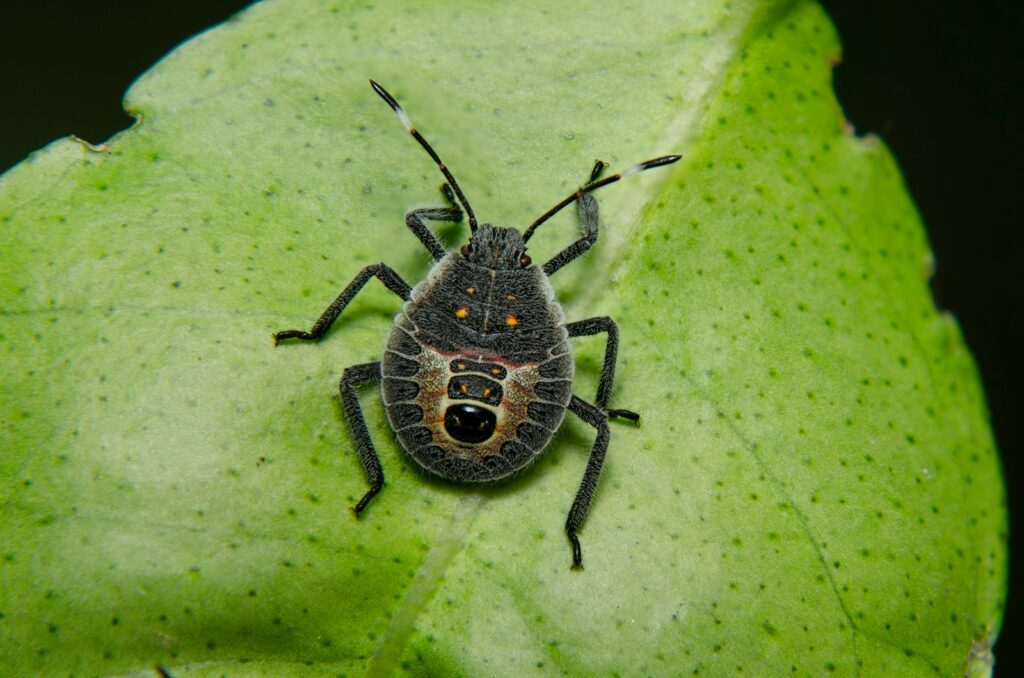
The perfect tarantula habitat successfully balances the specific needs of your species with practical considerations of maintenance and observation. By understanding your tarantula’s natural environment and biological requirements, you can create a captive ecosystem where these fascinating arachnids will not only survive but thrive. Remember that tarantulas are creatures of habit that generally prefer stability—once you’ve established an appropriate environment, minimal intervention is often the best approach. With proper setup and care, your tarantula can become a long-lived, low-maintenance pet that provides years of fascinating observation opportunities, allowing you to develop a deeper appreciation for these remarkable invertebrates that have successfully adapted to diverse environments across our planet.

